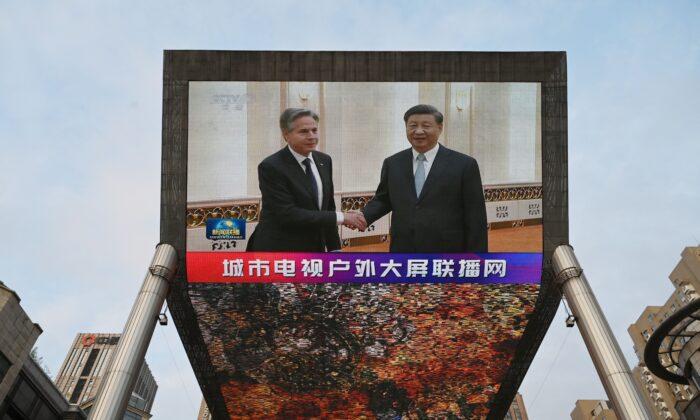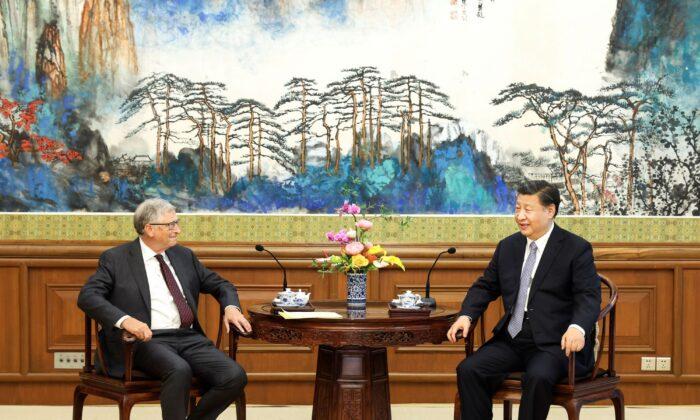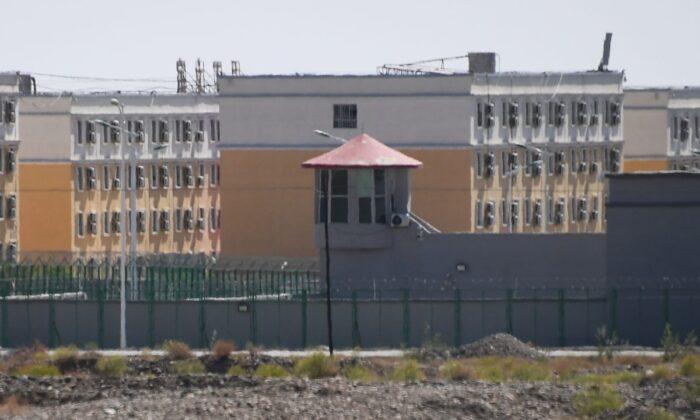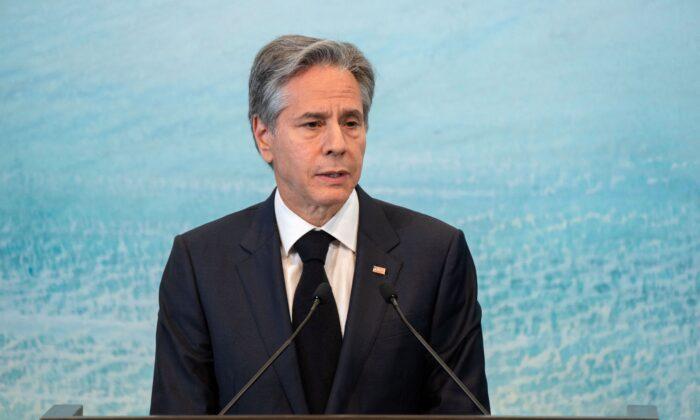An expert has laid out reasons why the Chinese spy balloon could invade U.S. airspace unchecked.
The Chinese balloon was first sighted above Montana, a state that houses intercontinental ballistic missile (ICBM) silos, earlier last week. A top Pentagon official said on Feb. 3 that the balloon flew at 60,000 feet (18,300 meters), had the ability to maneuver, and changed course at some point during its flight, although he didn’t specify when.

In those instances, the United States determined the balloons belonged to China only after they had left U.S. airspace, said Gen. Glen VanHerck, head of U.S. Northern Command on Feb 6.
“I will tell you that we did not detect those threats,” VanHerck said of his military command. “And that’s a domain awareness gap that we have to figure out.” He added that the U.S. intelligence community “after the fact” informed his command about the balloons.
“The United States does maintain a network of Deep Space Surveillance satellites, early warning satellites for the purpose of detecting intercontinental ballistic missiles or submarine-launched ballistic missiles, but they give off a very bright heat signature. So in a sense, they’re slightly easier to detect than a balloon, which is not giving off any heat signature,” he added.
Fisher said that the balloon incident also “illustrates China’s investment in combat in the near space region,” which is the area just below low Earth orbit.
“China and the United States have been investing some heavy amount of resources in building unmanned aircraft, large, blimp shaped balloons, if you will, and also hypersonic aircraft to exploit this region of the atmosphere,” he said.
Fisher noted some military advantages associated with the space region.
A Weather Balloon
The Chinese Foreign Ministry on Feb. 7 claimed that the balloon was a civilian weather balloon that had been blown off-course and posed no threat to national security.However, Fisher called the object “a weapon to hide in plain sight.”
According to him, a weather balloon would provide the CCP with “intimate knowledge of the weather over those targets,” which is essential for a launch of a nuclear strike over America.
“Depending upon the design of your missile warhead, it really matters what kind of weather you’re sending that warhead into. If there’s snow or rain, then your warhead is going to be much less accurate. You’re not going to destroy all the American nuclear missiles that you want to destroy. So some of them will be left over to be fired back at you,” he said.
With the balloon hovering within the atmosphere, “it can gather a much more detailed set of data about atmospheric density, cloud cover, temperatures, winds, and wind travel in different directions at different altitudes,” he said.
The expert believed the incident is clearly aimed at “testing our capacity to respond to this kind of blatant threat.”
“The larger picture is that this balloon marks something of a beginning of what I expect will be an increasing campaign of Chinese military harassment against the United States,” he said.
Project Nuclear Power
To fill the gap in the U.S. detection system, Fisher called for an upgrade of the radar network command and co-maintained and paid for with Canada with “new capabilities, new sensors, infrared hyperspectral sensors that can also detect very cold balloons.”He further urged the U.S. to project its nuclear power to the East Asian region.
“Right now the most important step that the United States could take, and we can do this tomorrow, if we want, would be to deploy tactical nuclear weapons to the East Asian region, base them on Guam. South Korea wants them badly. Japan could probably be convinced to do the same,” he said.
He believed that such a move would discourage the CCP from making a move against Taiwan or other U.S. allies.
“And so this is what we desperately need in Asia right now, in order to stop these stop China from thinking it can win wars, wars that could possibly lead to a revival of the draft in the United States,” he said.
Fisher said that the United States and its allies should make concerted efforts in pushing back against the communist regime.
“I would start by having the United States enlisting as many allies as possible in demanding reparations from the Chinese government, for all of the people killed by the China virus. That’s almost 7 million people,” he said.
“With that kind of campaign, just that one campaign, we could generate enough concern around the world to generate policies within all of our allies that would eventually limit the power of the Communist Party and make it easier to deal with in terms of its military threats, its threats in space, even balloons,” Fisher said.





